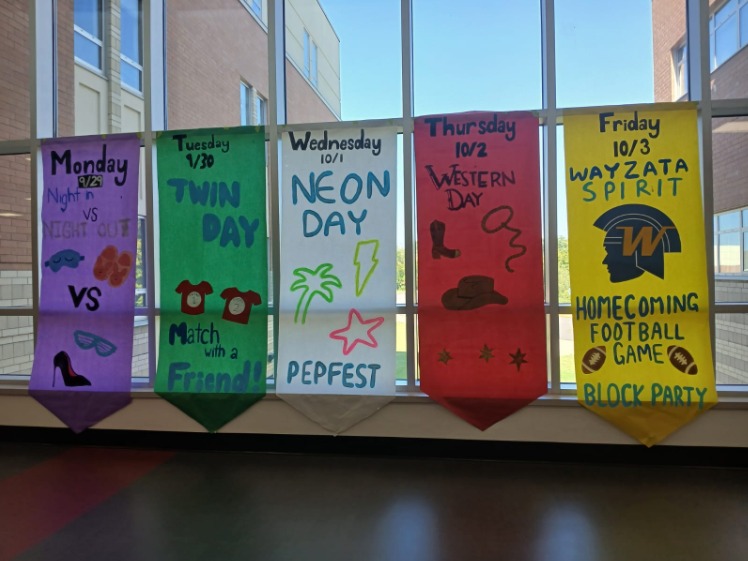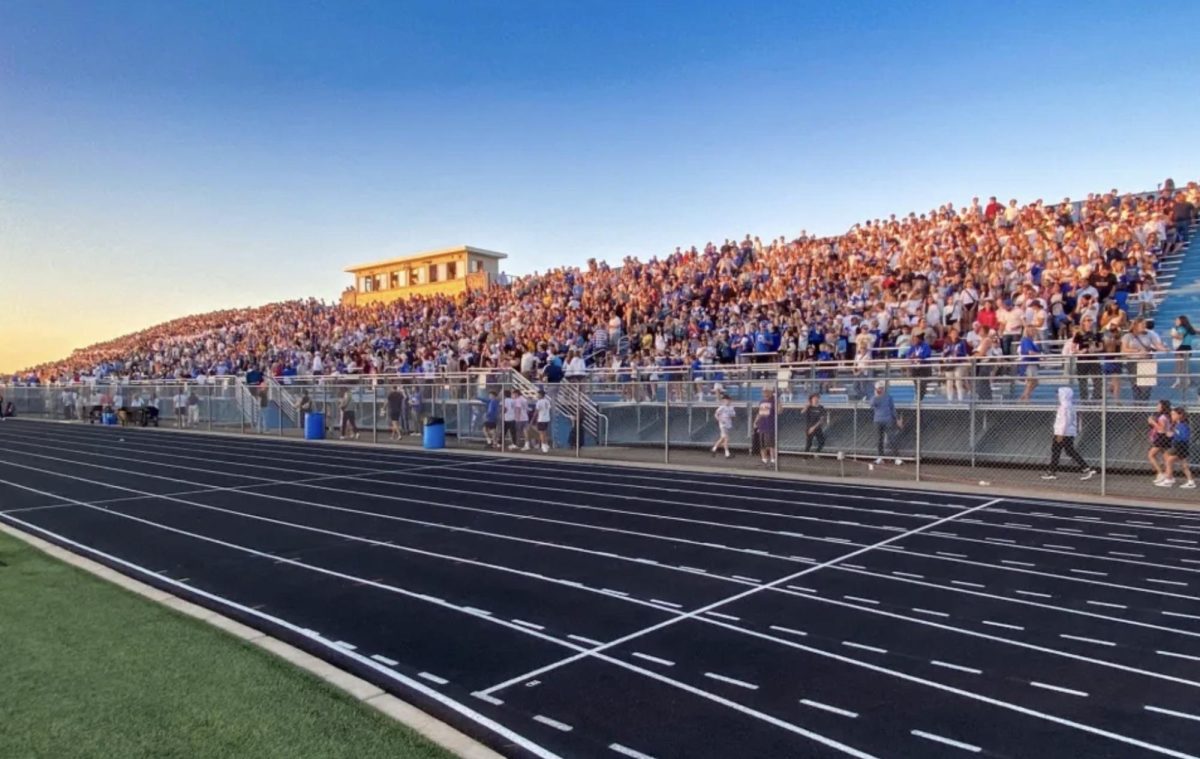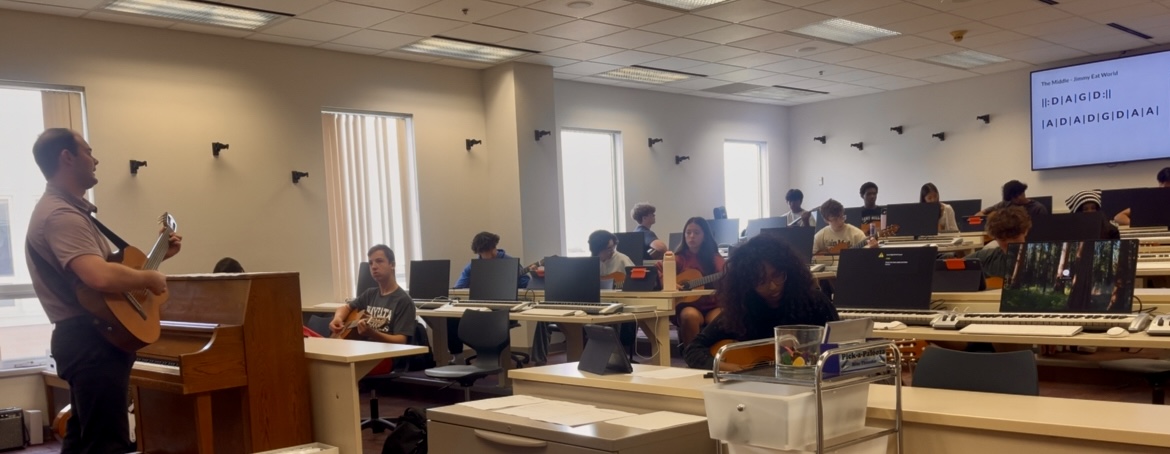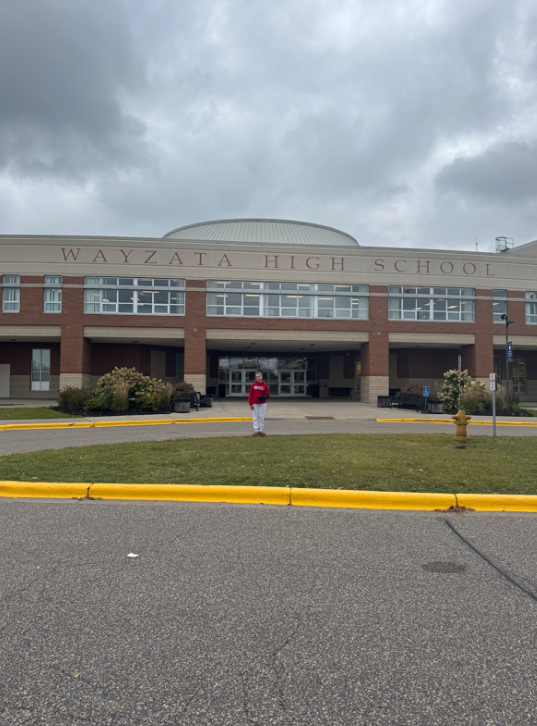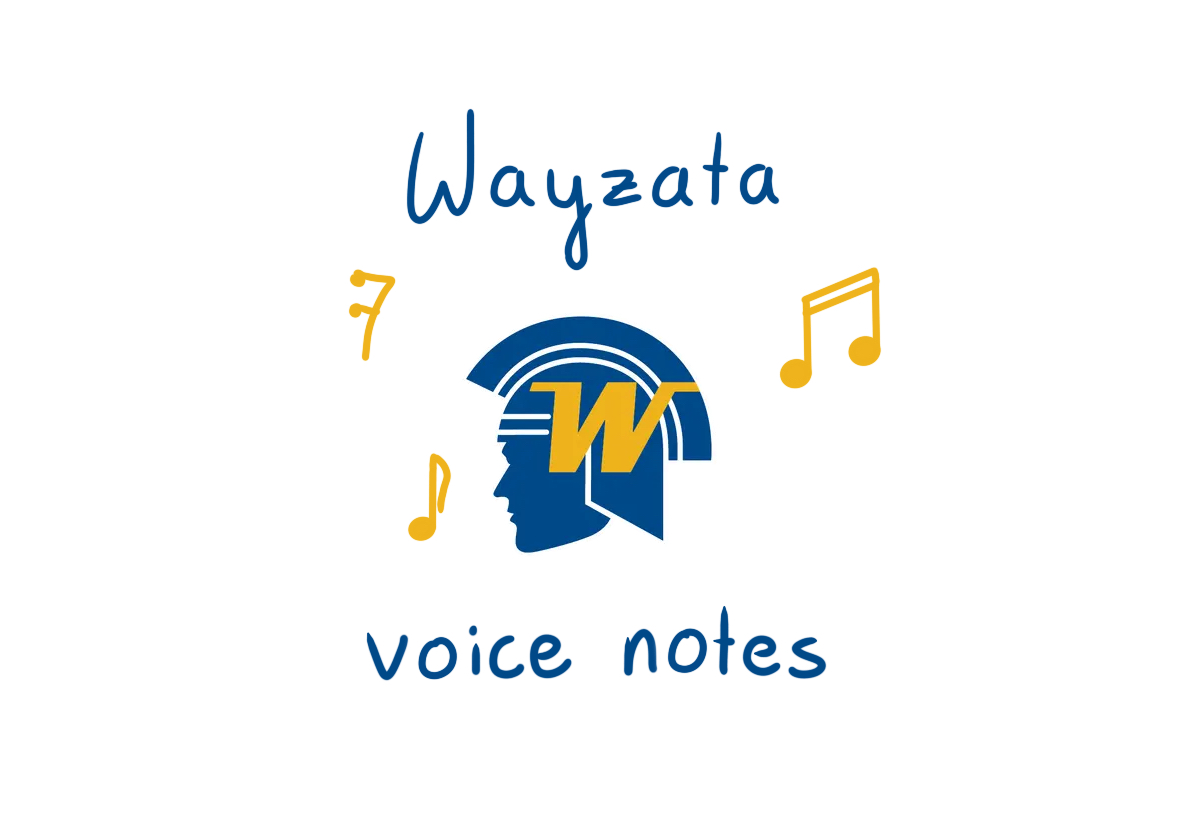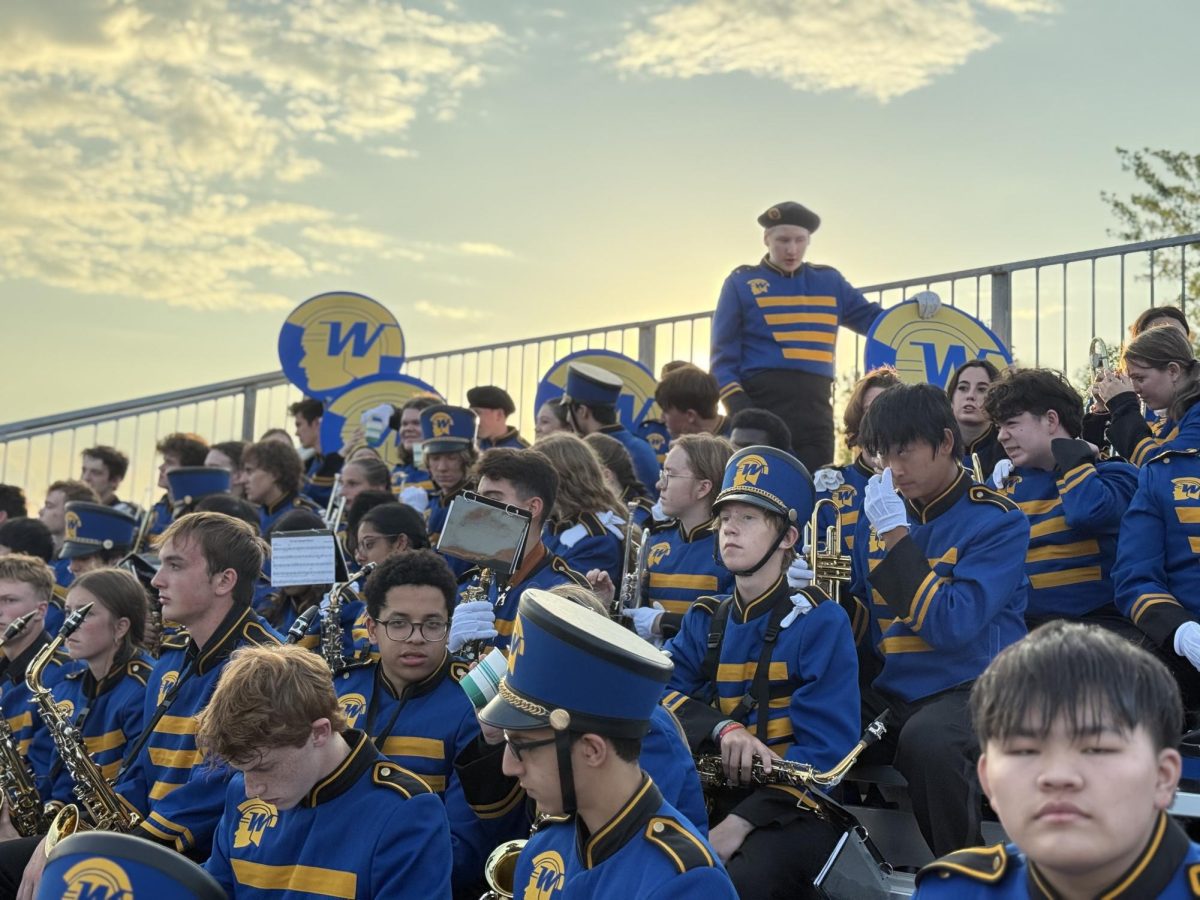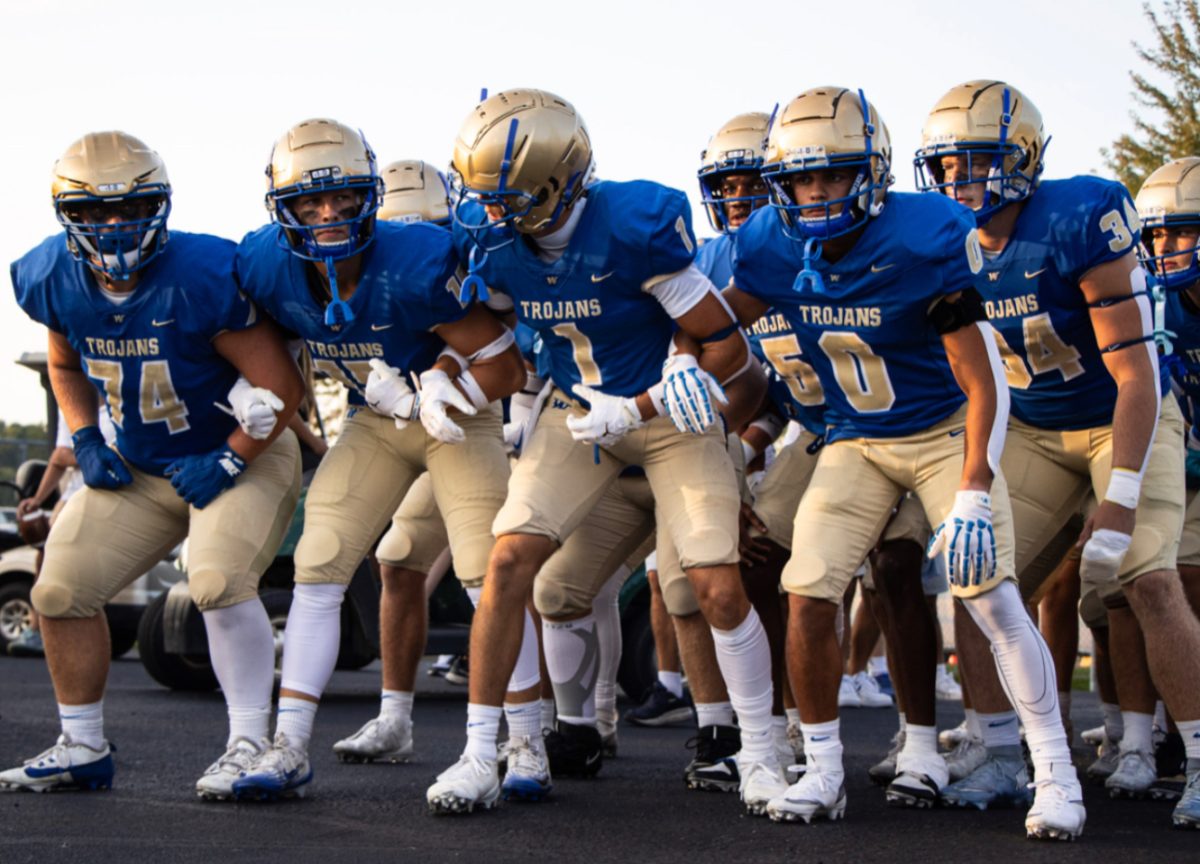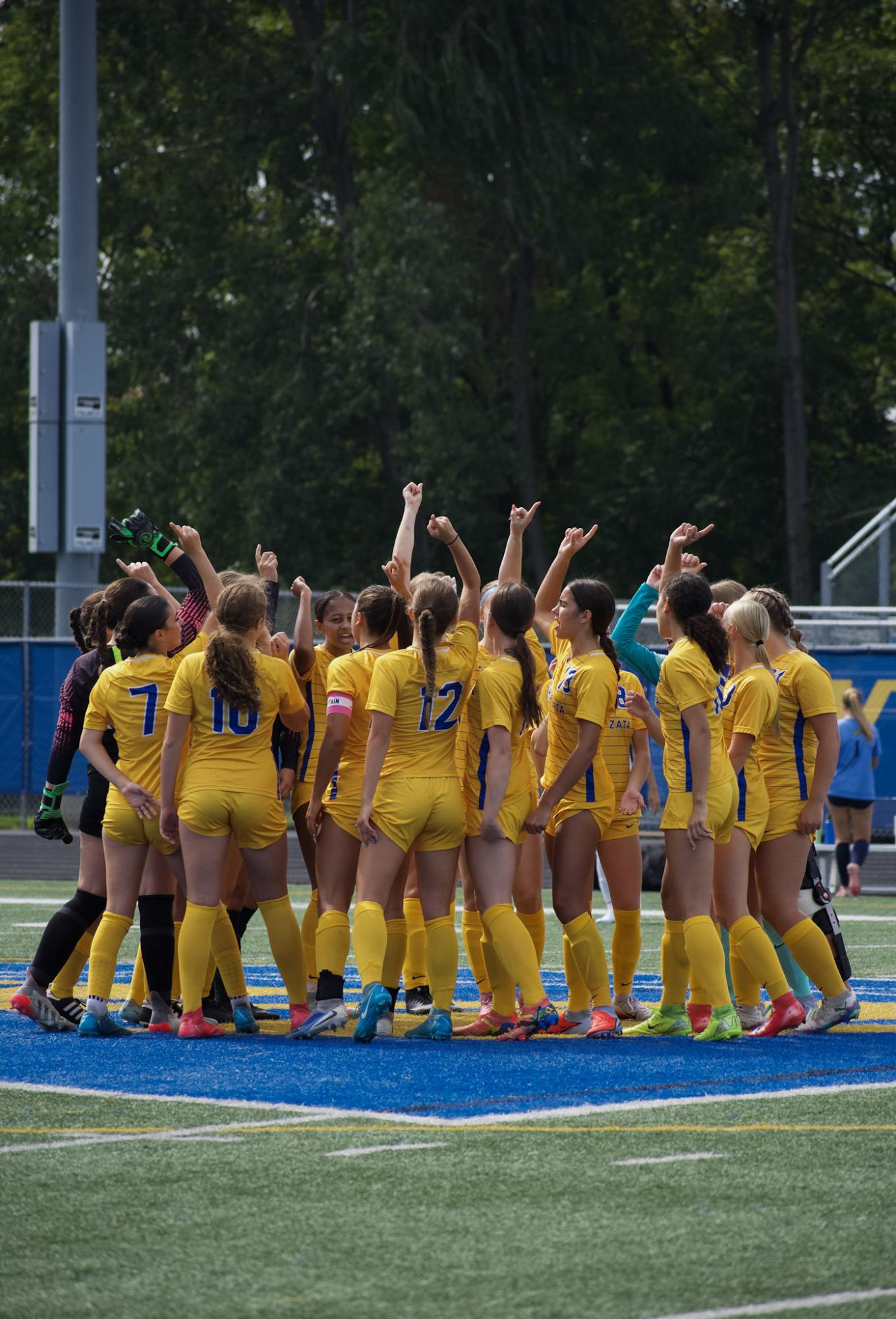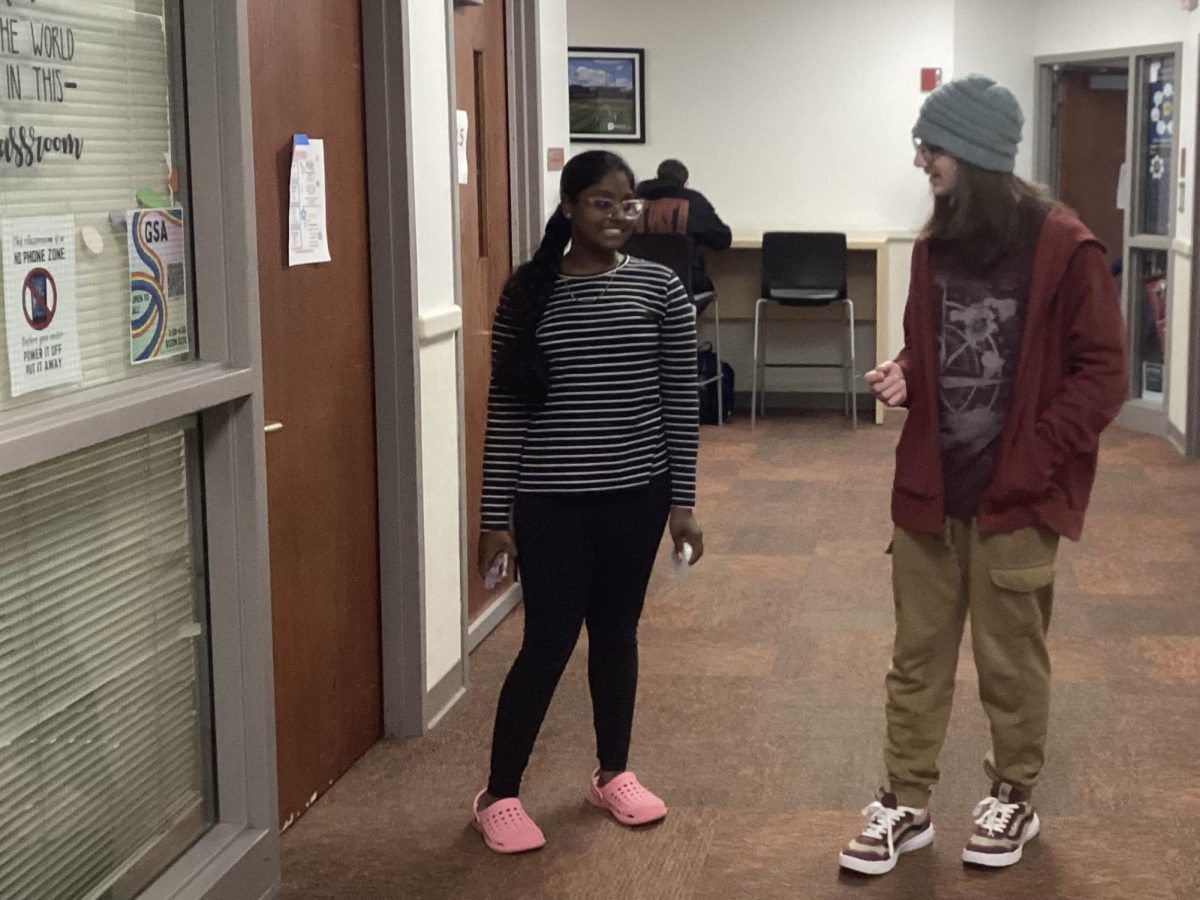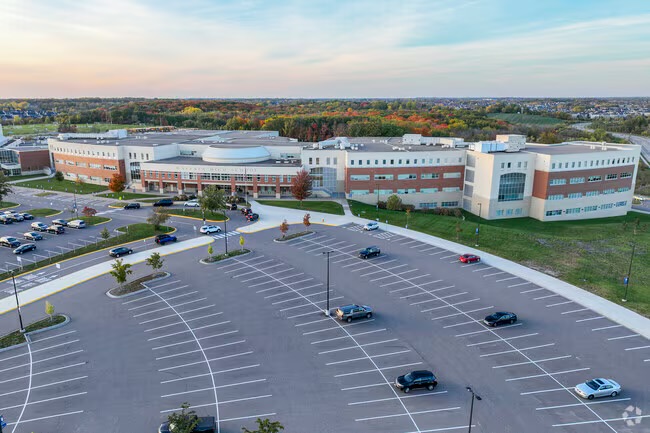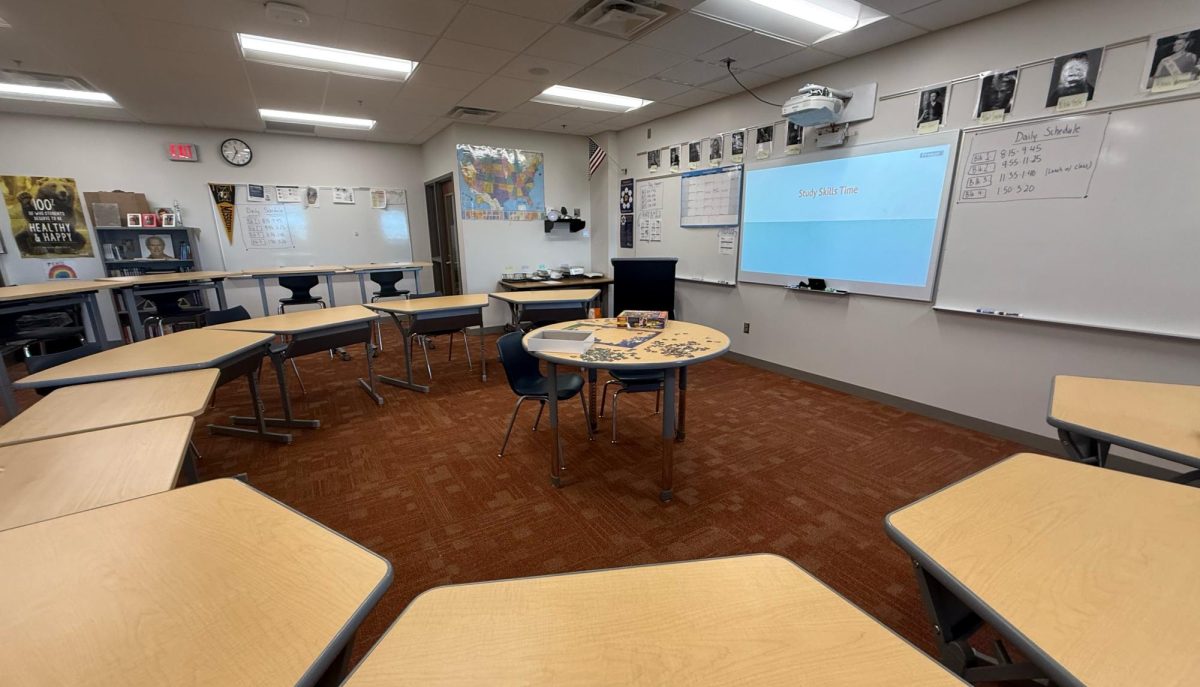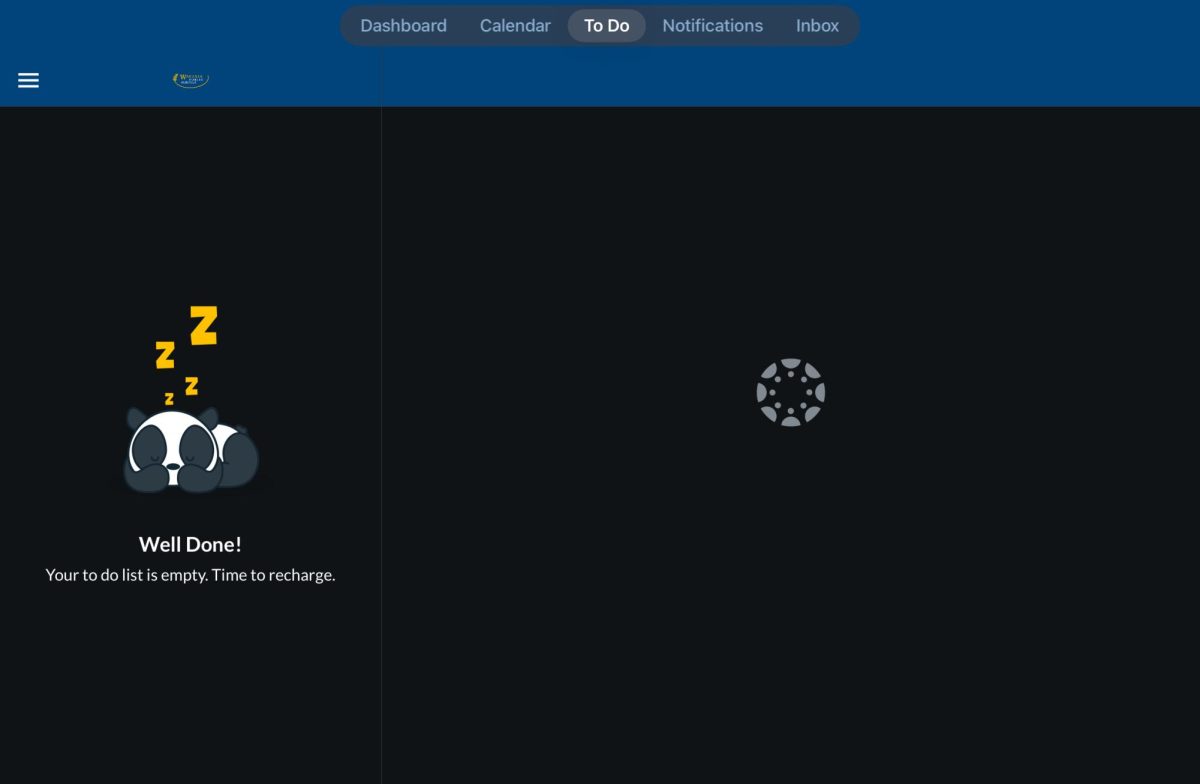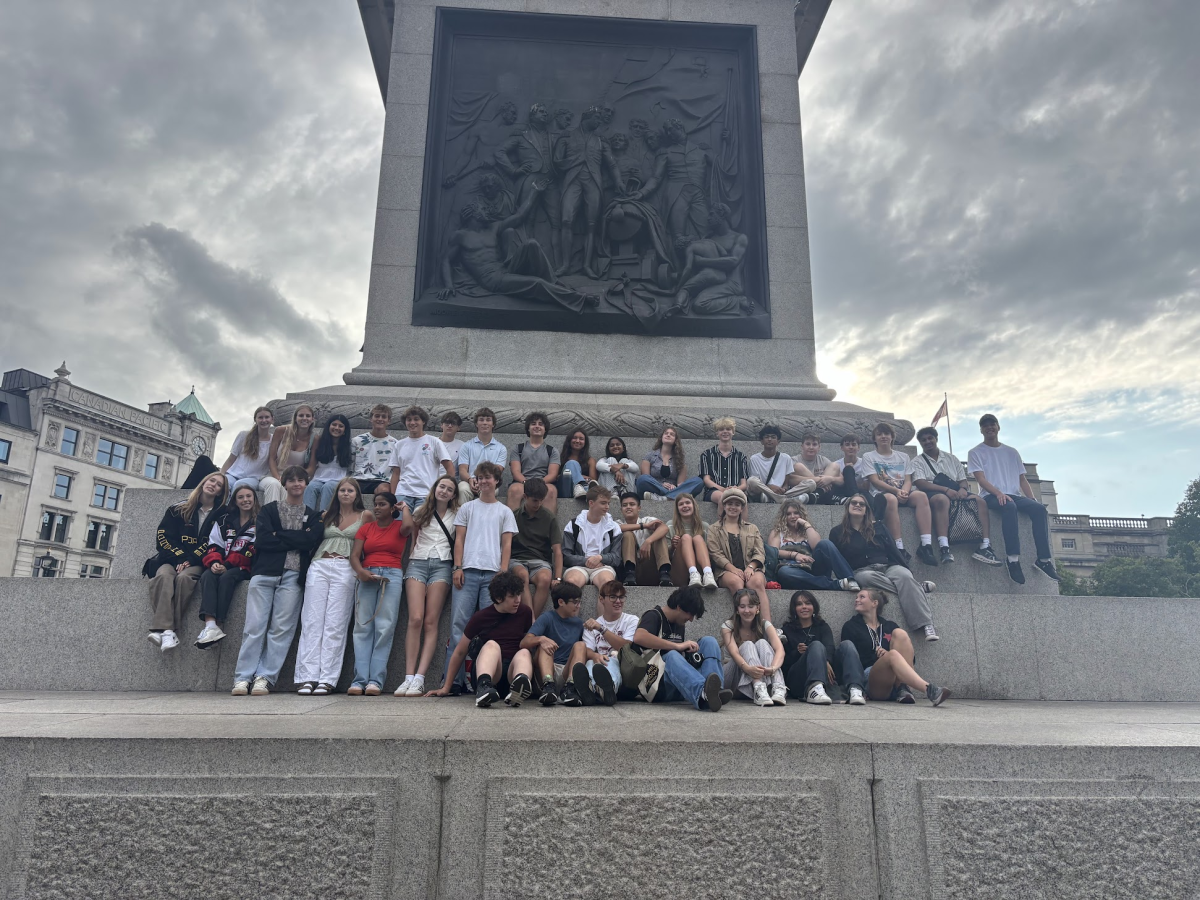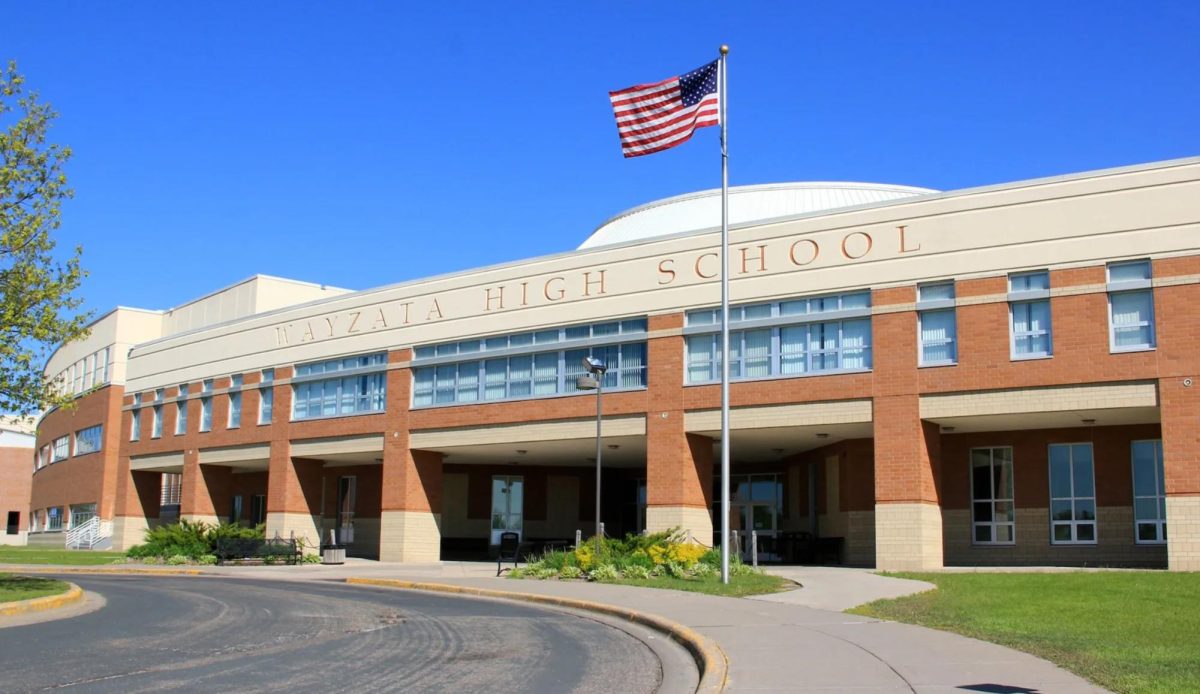For years, Wayzata High School has relied on parking passes for a significant part of its revenue. Selling permits seems like an easy way to generate money to better the school, the system has led to frustrations among students and families. Complaints about high prices, limited space, and confusing rules have turned the parking lot into a daily source of stress.
Wayzata High School has limited parking plans, with a standard semester-long permit costing $160. For families paying school activity fees, sports costs, and other educational expenses, the price of a parking pass in addition can feel high. Many students argue that this cost does not match the quality of the parking experience at Wayzata High School. A controlled survey of students from different grades found that students find spots overcrowded and view congestion remains a problem.

Who benefits?
However, for students with busy schedules, paying for a permit is seen as necessary. Those in Post-Secondary Enrollment Options (PSEO) programs, hybrid classes, or student teachers who attend elementary schools, who often arrive late or leave early, rely on being able to drive themselves. Without a parking pass, students would be stuck with the bus schedule, wasting time they could spend on academics, jobs, or college courses.
Even students with more traditional schedules value the security of having a guaranteed space. As one anonymous junior said, “I know it’s expensive, but without a parking pass I wouldn’t be able to do half the activities I’m involved in. It makes my life a lot easier.”
Athletes and members of extracurricular clubs or teams also stress the importance of parking privileges. Practices, rehearsals, and parent meetings often happen outside of regular school hours, after the bus schedule. For these activities, driving is not just convenient but often the only way to be able to participate in after-school activities.
Enforcing the rules
This year, the school office issued nearly 1,300 parking passes to students. To manage such a large number, the school uses a enforcement system. According to supervisor Mr. Swensen, “During the first few weeks of school, the supervisor leaves warning tickets on cars with parking violations.” After this grace period, students face penalties which can include fees. First violations result in a $10 fine, which increases with each offense. Supervisors watch the lots daily to ensure permits are displayed and that students are parked in their assigned area.
Students can also have their parking privileges revoked or suspended for a variety of reasons relating to school and behaviors, per the parking handbook this reasons include but are not limited to:
- Speeding and/or careless/reckless driving
- Violating the school’s tobacco or chemical use policy
- Absences, excessive tardiness, excessive parking violations, or other offenses as determined by the administration
- Other behavioral and/or driving violations
Students using the parking facilities can also receive a boot or fines for other reasons without having their license suspended, but instead they face a meeting with the dean to discuss parking behavior corrections; including but not limited to per the Wayzata parking handbook:
- Not parking in designated student areas.
- Vehicles are subject to search if there is reasonable suspicion of illegal or prohibited items. Items found are considered in the student’s possession.
- Illegal parking (fire lanes, handicap spots, or incorrect lots) will result in tickets or booting. Plymouth Police may issue citations.
- Driving violations (speeding, reckless driving) or school rule violations (tobacco, chemical use, behavioral issues, or attendance concerns) may lead to revoked parking privileges.
Even with these rules, confusion occurs. New drivers, especially sophomores who recently got their licenses, sometimes misunderstand where they can, can’t park, and other rules of the parking lot. In spring, as more students start driving; the challenge of managing parking and enforcing the rules grows.
A Problem Beyond Wayzata
Parking issues are not unique to Wayzata. At Blaine High School, for example, former superintendent Mr. Sowden recalled overseeing a parking lot with just 400 spaces for nearly 1,600 licensed drivers. “It was a constant balancing act,” he explained. “By April, when sophomores started driving, the situation became almost unmanageable.” Schools with lots of students also have similar problems, especially when construction reduce the number of available spots.
Other schools in Minnesota have tried to solve the problematic parking at their schools. Minnetonka High School requires students to carpool in groups of four to be able to park. While some find this difficult, it reduces the total number of cars on campus and encourages more space friendly parking.
The downside of convenience
However, this convenience comes with cons as traffic congestion before and after school is a daily struggle, with hundreds of cars leaving at once. Residents in surrounding neighborhoods have also raised concerns about students parking on residential streets to avoid paying for permits.
Environmental damage also raises concern as well. Encouraging more students to drive instead of taking the bus raises the city’s overall carbon footprint. Some argue that WHS, the largest high school in Minnesota, should invest more in transportation options instead of relying heavily on parking revenue.
Should driving be seen as a privilege only open to those willing to pay, or as a necessity that the school should provide students with cheaper options? Should environmental health be more important than student choice? These are the questions that the school needs to keep discussing.
Wayzata’s parking situation is complicated. For many, a $160 permit is a worthy investment in efficiency. For others, it brings overcrowding, inequity, and extra expenses. As Wayzata High school continues to grow, solutions that meet both student needs and broader community concerns are necessary. Until then, the daily gridlock will continue to be a part of the high school experience.

